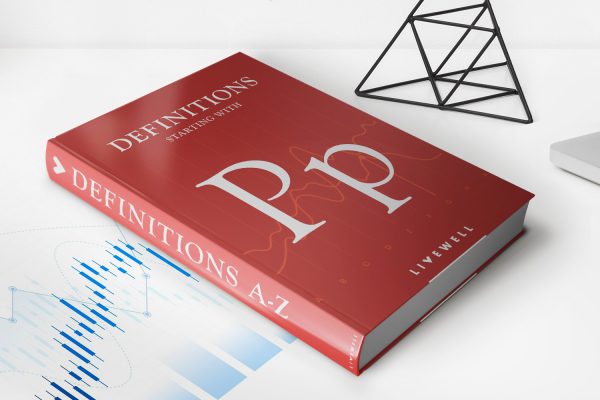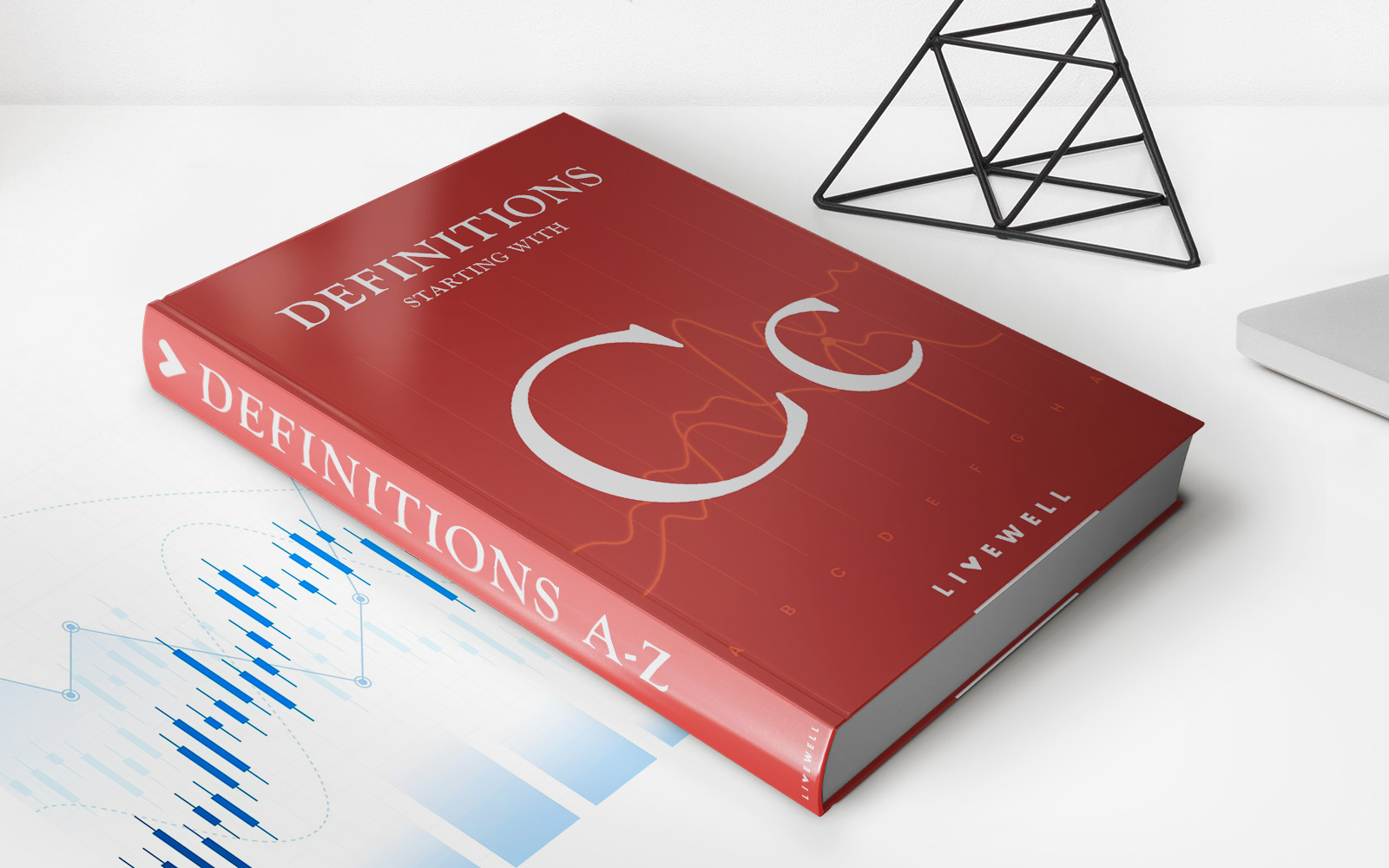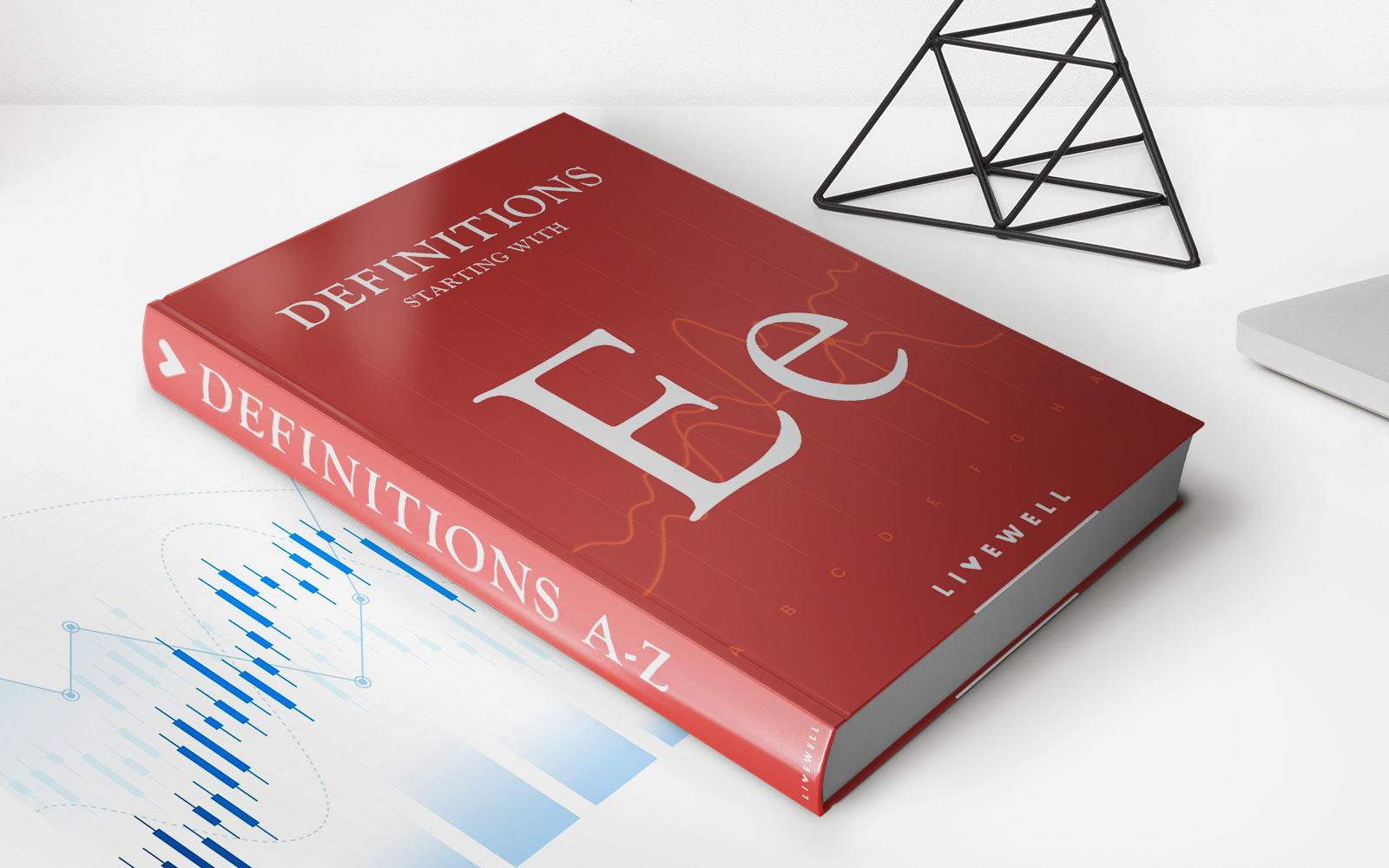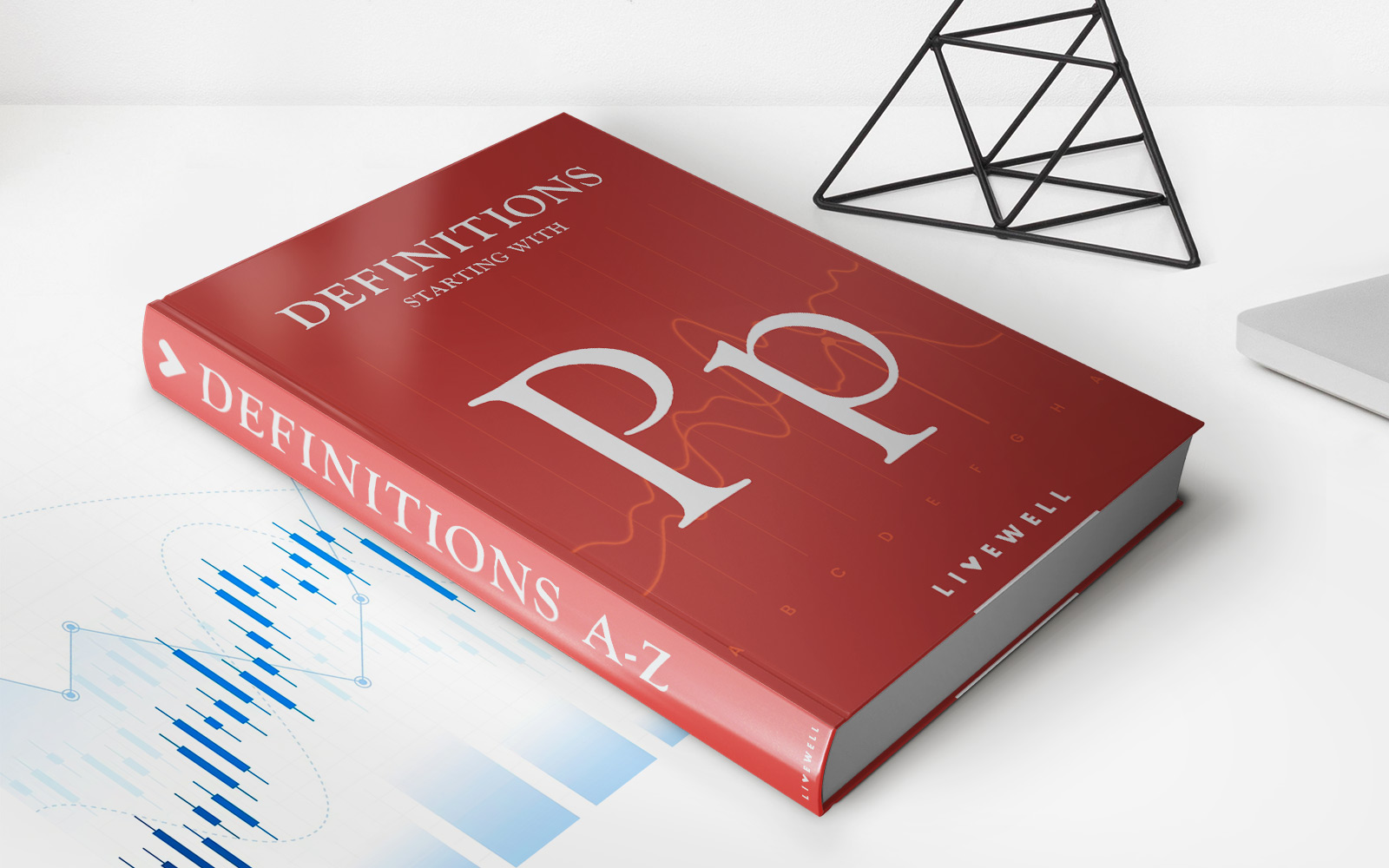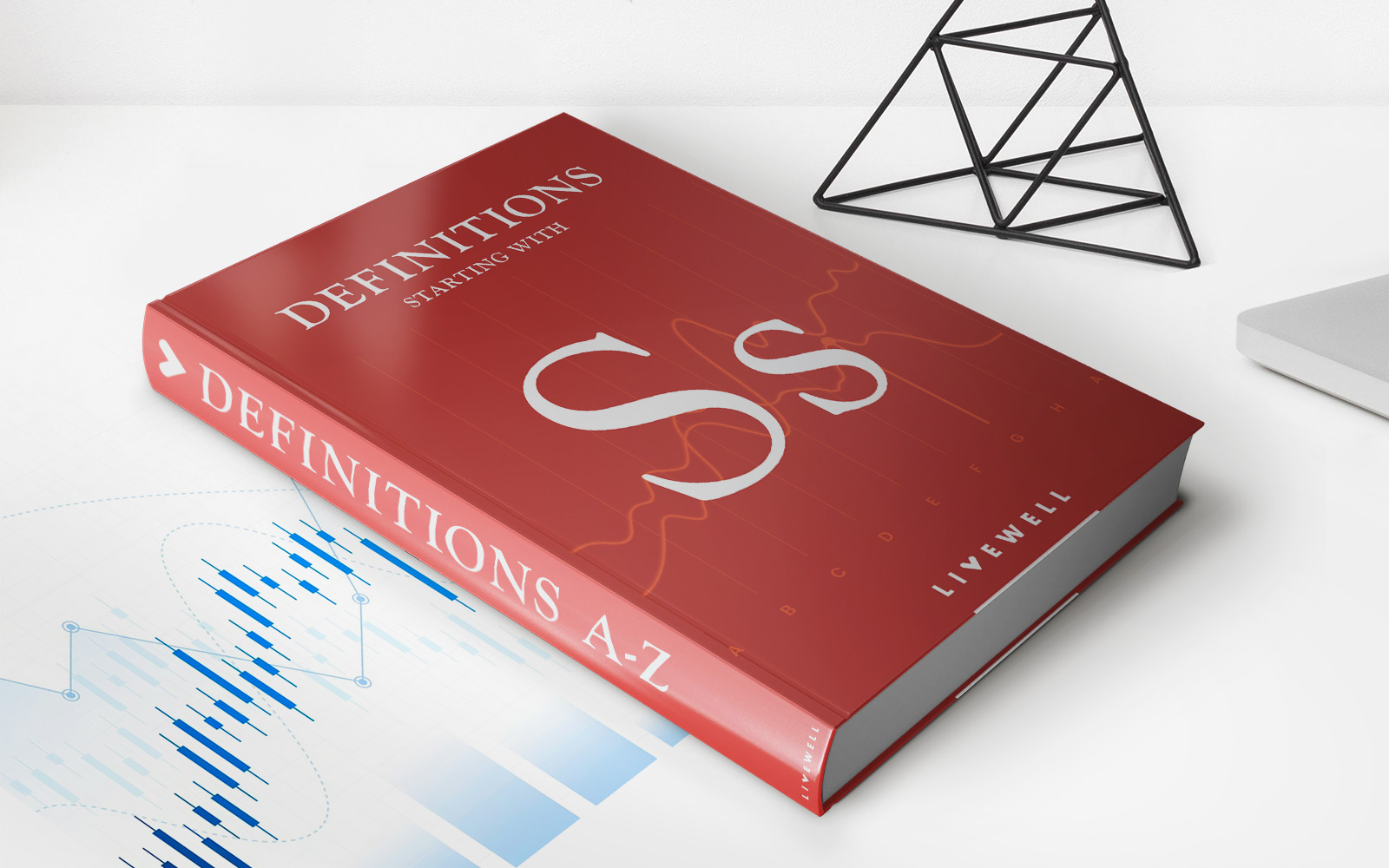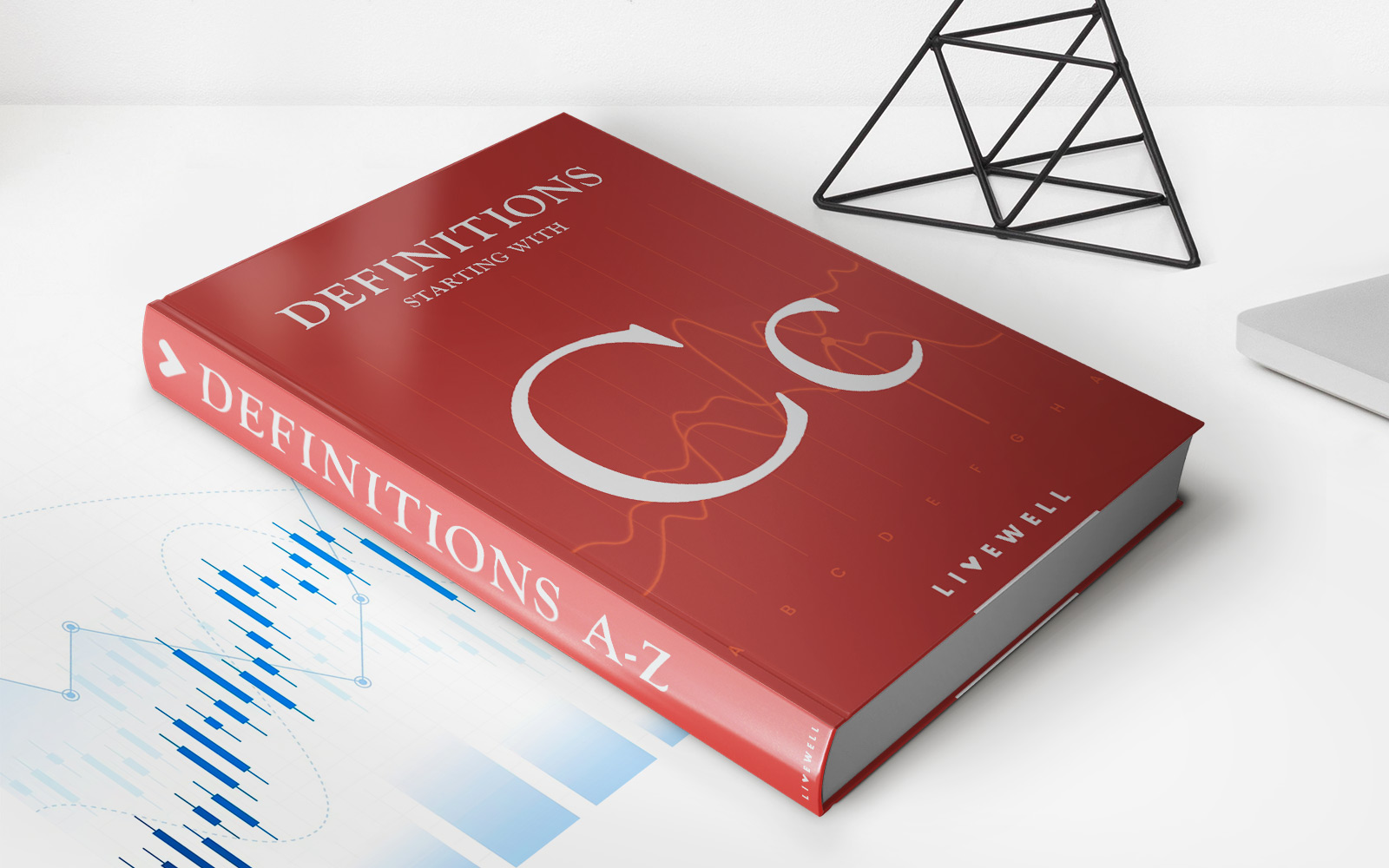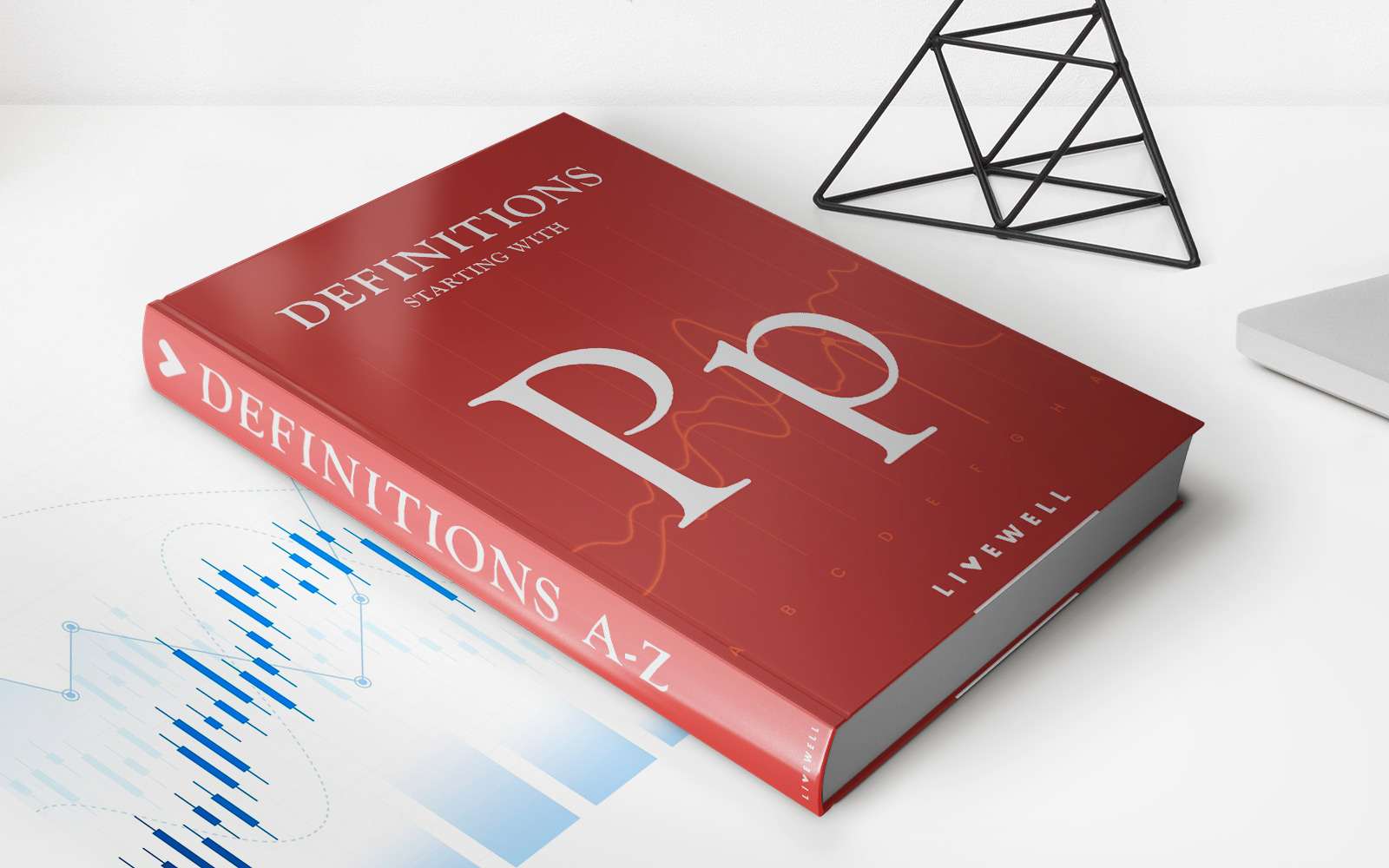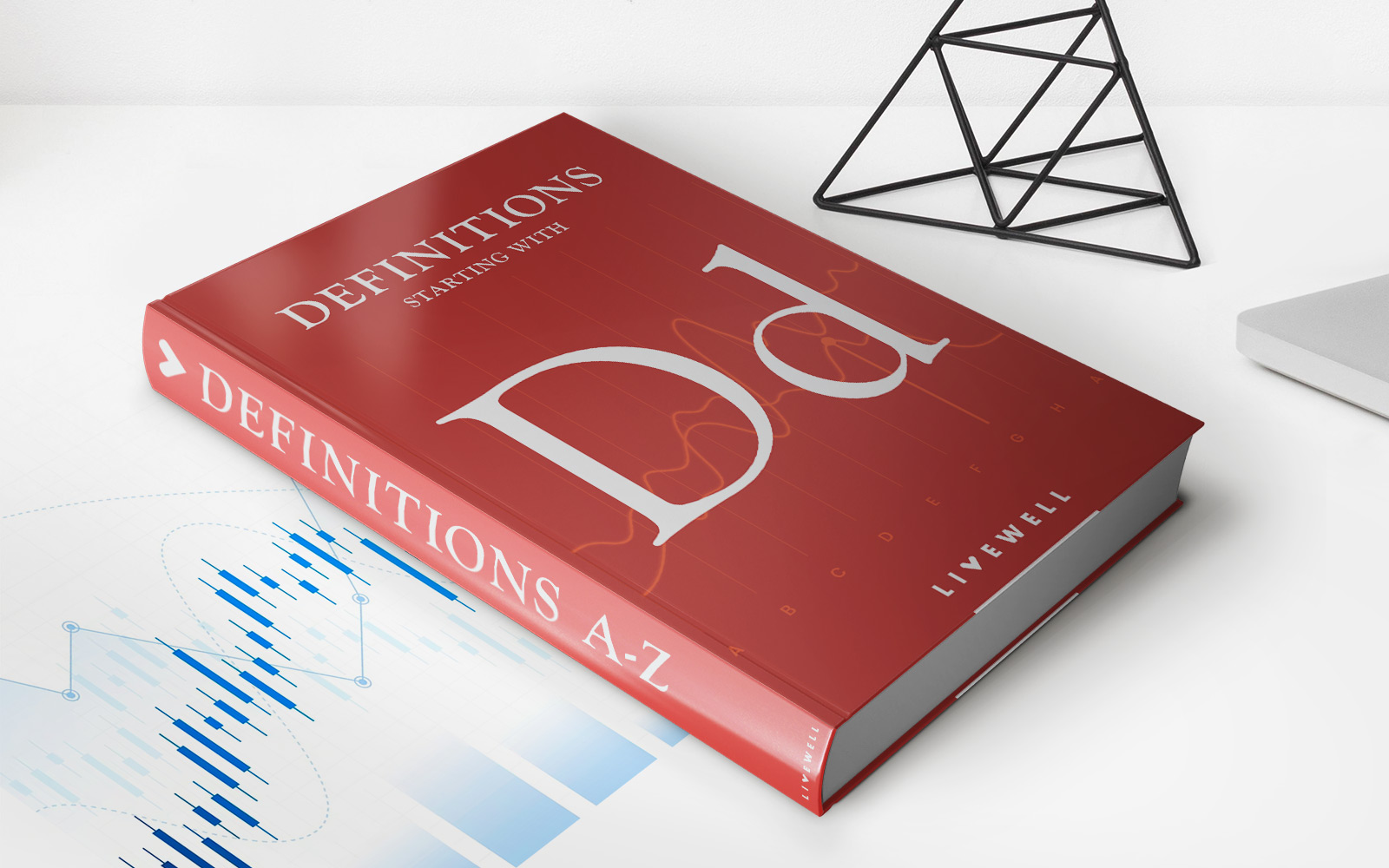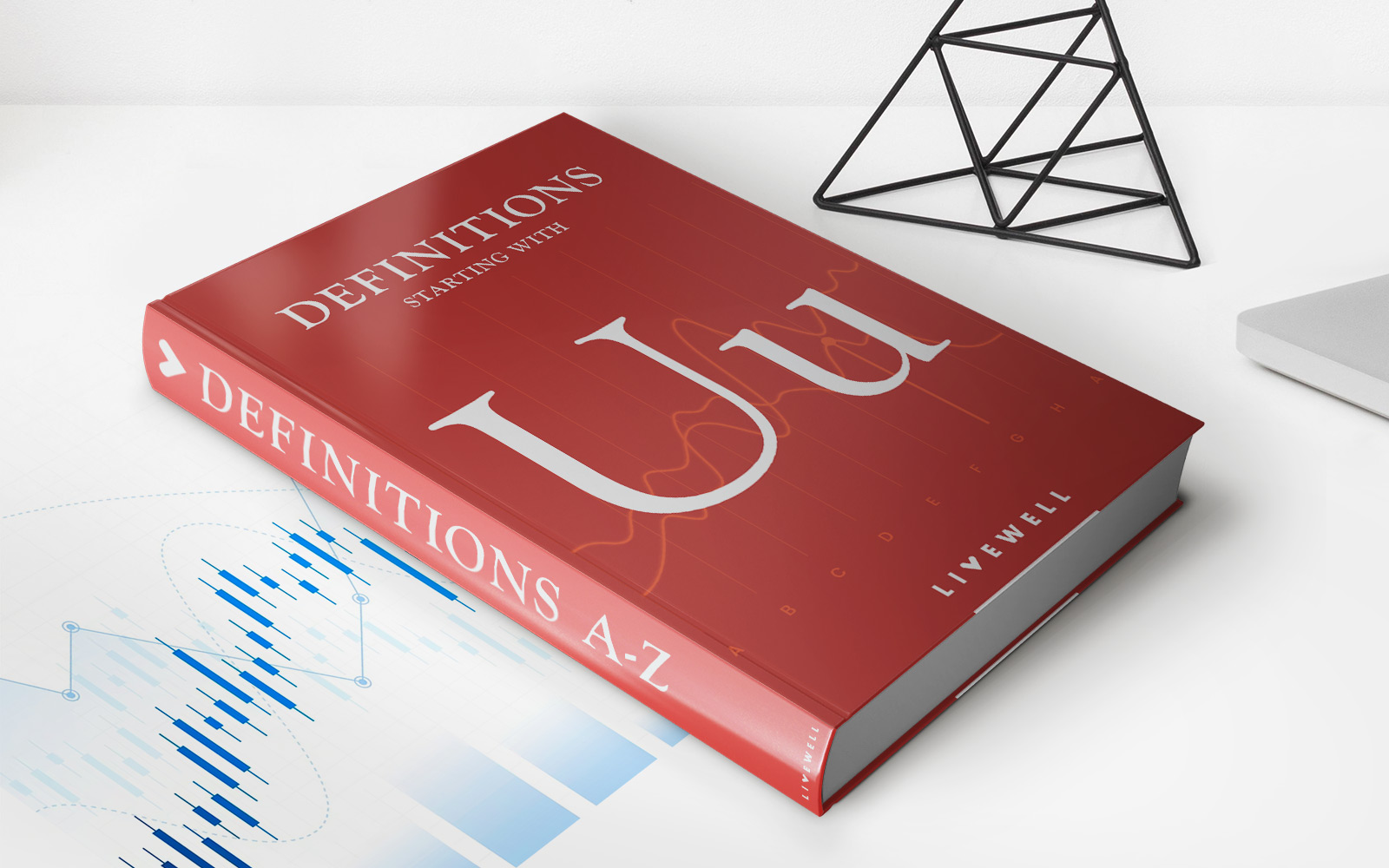Home>Finance>Predatory Pricing: Definition, Example, And Why It’s Used
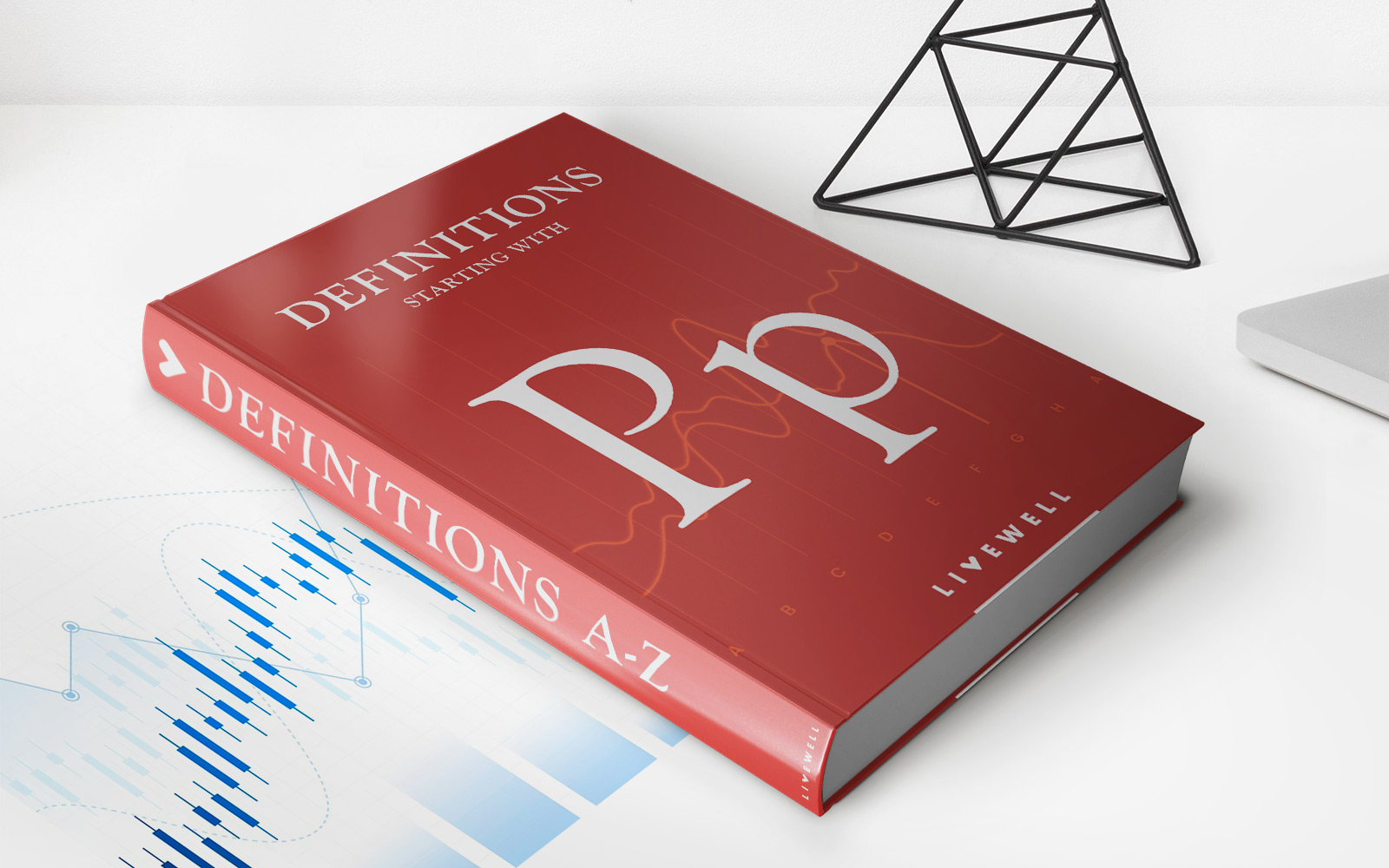

Finance
Predatory Pricing: Definition, Example, And Why It’s Used
Published: January 10, 2024
Learn the definition and examples of predatory pricing in finance, and understand why companies employ this strategy to gain a competitive advantage.
(Many of the links in this article redirect to a specific reviewed product. Your purchase of these products through affiliate links helps to generate commission for LiveWell, at no extra cost. Learn more)
Predatory Pricing: Definition, Example, and Why It’s Used
Welcome to our Finance category blog where we delve into various aspects of the financial world and shed light on important concepts. Today, we will be exploring the intriguing practice of predatory pricing and its implications. What exactly is predatory pricing? How does it work? And why do businesses employ such a strategy? Join us as we unravel the mystery behind this controversial pricing tactic.
Key Takeaways:
- Predatory pricing is a strategy where businesses deliberately set low prices to drive competitors out of the market.
- It is considered illegal in many jurisdictions due to its potential to create monopolies and harm competition.
Defining Predatory Pricing
Predatory pricing refers to a strategic pricing approach wherein a business intentionally sets its prices at very low levels. This aggressive pricing strategy aims to undercut competitors and force them out of the market, eventually allowing the predator to raise prices and regain control.
At first glance, it may seem counterintuitive for a company to intentionally set prices below cost, potentially resulting in short-term losses. However, the ultimate goal is to eliminate competition and establish a dominant position where the company can then dictate market conditions and prices. By driving rivals out of the market, the predator seeks to achieve long-term profitability and secure a monopoly-like status.
Understanding Predatory Pricing through an Example
Imagine a hypothetical scenario where two e-commerce giants, Company A and Company B, are vying for market share in the online retail space. Company A decides to employ predatory pricing to gain an edge. It intentionally lowers its prices below cost, offering products at a price that Company B cannot match without incurring substantial losses.
As a result, customers flock to Company A to take advantage of these rock-bottom prices, causing Company B to struggle to retain its customer base. Company B, unable to sustain such low prices without bankrupting itself, eventually exits the market. Once Company A eliminates its competition, it can raise prices to levels that ensure profitability, now that it holds a predominant position in the market.
Why Businesses Use Predatory Pricing
Now that we understand the concept and mechanism of predatory pricing, the question arises: why do businesses resort to such practices? Here are several reasons behind their implementation:
- Gaining Market Share: Predatory pricing allows businesses to capture a larger market share by attracting customers with artificially low prices. By crippling competition, they hope to emerge as the dominant player in the market.
- Eliminating Competition: Companies may use predatory pricing to stifle competition and force weaker rivals out of the market. Once competitors are eliminated, they can monopolize the industry and exert greater control over prices and consumer choices.
- Deterring New Entrants: By engaging in predatory pricing, established businesses can discourage potential new entrants who may be hesitant to invest in a market where they perceive they cannot compete with the low prices set by the predator.
It is important to note that predatory pricing is controversial and can be considered anti-competitive behavior. Due to its potential to create monopolies and harm fair competition, many jurisdictions have strict regulations in place to curb its use.
Final Thoughts
Predatory pricing is a complex and contentious pricing strategy that seeks to manipulate market dynamics through artificially low prices. While it may provide temporary benefits for the predator, there are often long-term consequences for both competitors and consumers. As a consumer, it’s essential to understand the implications of predatory pricing and support businesses that prioritize fair competition and industry sustainability.
Thank you for joining us on this exploration of predatory pricing in our Finance category blog. Stay tuned for more informative articles that shed light on the fascinating world of finance.

